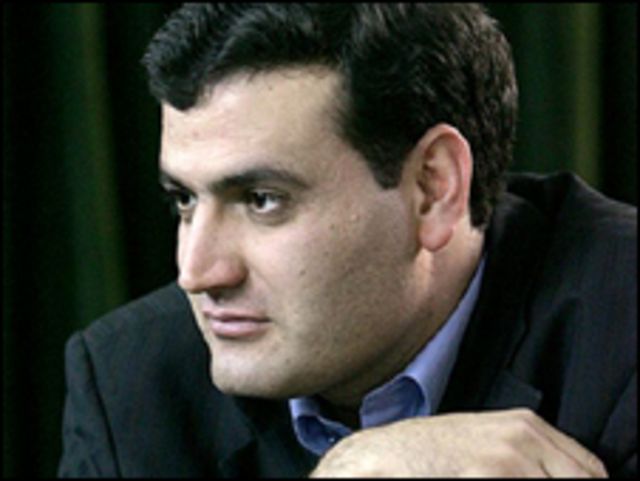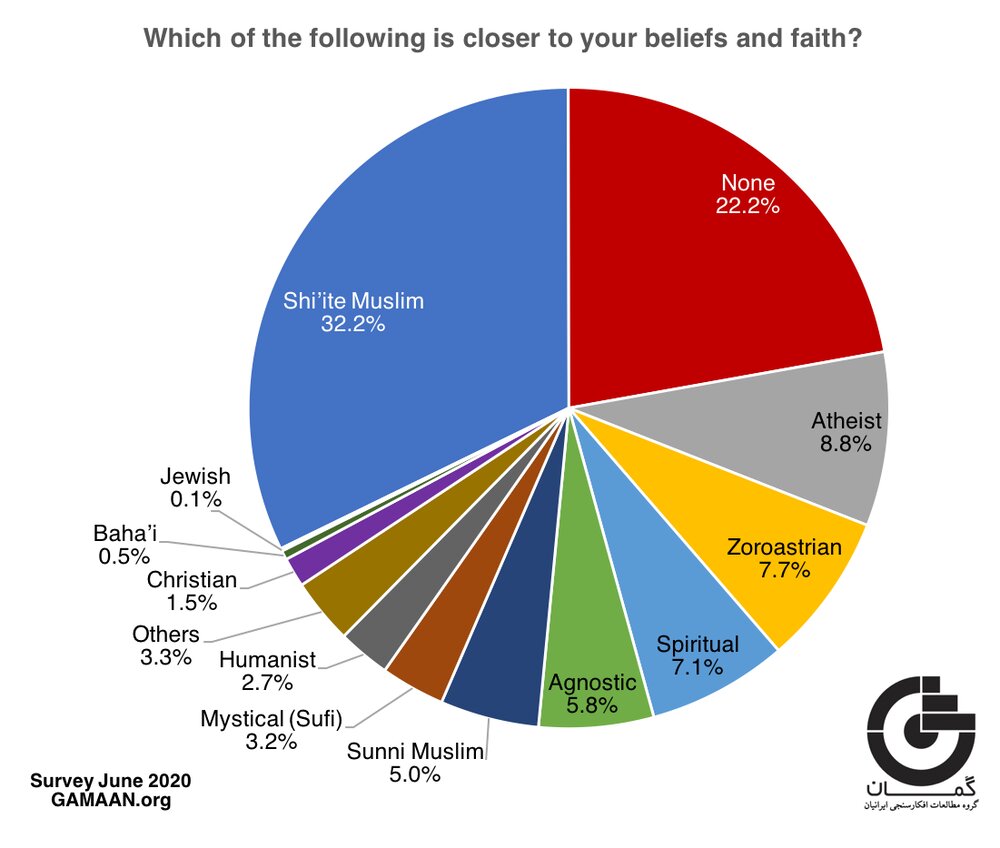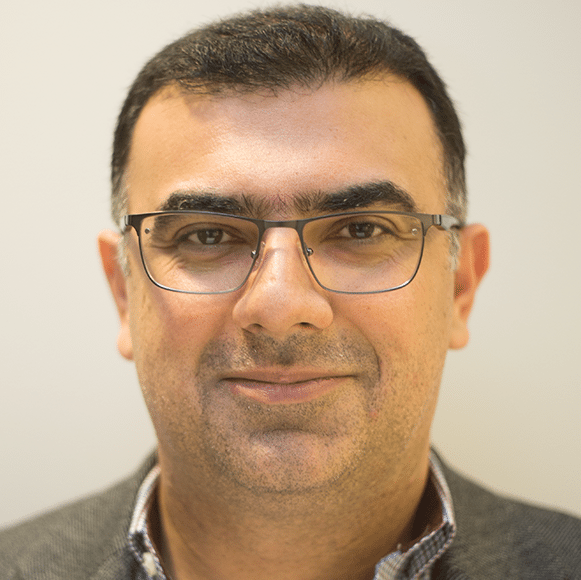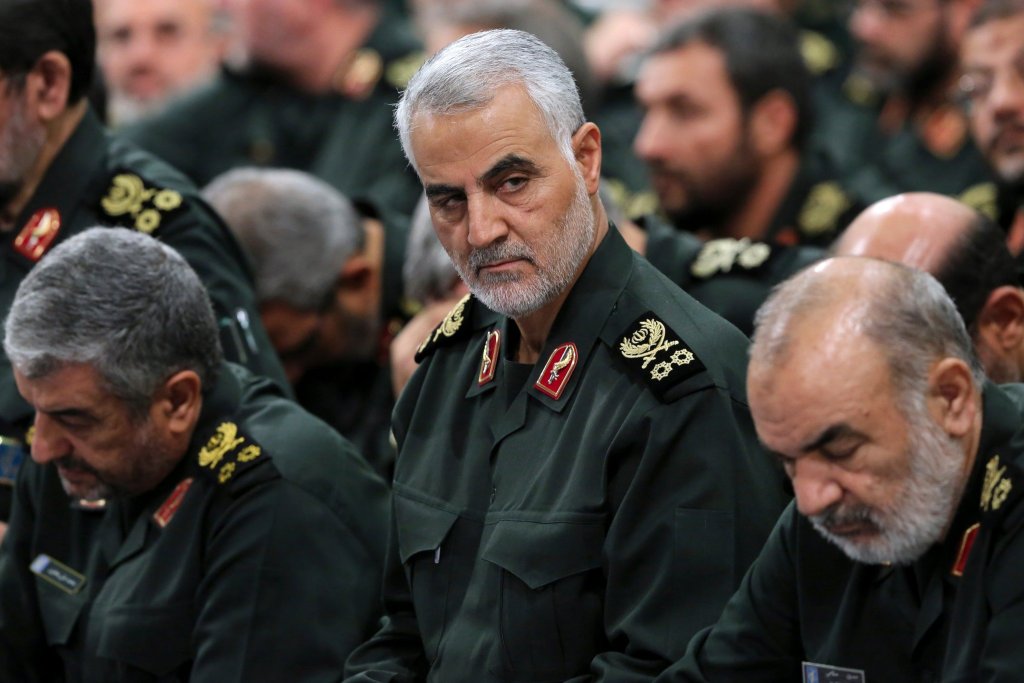عبدالله مومنی، فعال سیاسی در داخل ایران، در یادداشتی به سخنان اخیر رضا پهلوی، فرزند شاه سابق، پاسخ داده است. متن کامل یادداشت آقای مومنی یه نقل از انصاف نیوز قرار در پی میآید:
در تنگنای سیاسی و اقتصادی ایران کنونی هر جرقه ای آتش اعتراض مردمی خشمگین را رقم میزند. اما حقیقتا چشم انداز تغییر و افق و چشم انداز بهبود و یا امید اکتی نجات بخش در کوتاه مدت وجود ندارد.
بلکه افزون بر تلخیهای دوران اخیر بر مردمان حرمان دیده، نگرانیهای بزرگی هم وجود دارد که توجه بدان مسئولیتی ملی و اخلاقی است. نگرانیهایی که در آن آینده و تصویر آن از حیث خشونت، ارتجاع، دگماتیسم و نگاه سانترالیستی به قدرت سیاسی قابل توجه است.
رضا پهلوی در پی دوختن ردای شاهی با بهره کشی از خون ستمدیدگان کف خیابانها و زیر آوار است
حال در میان اين رنج جانکاه مردم و اعتراضات گاه و بیگاه در برابر حاکمیت ناکارآمد و غیر پاسخگو، رضا پهلوی در پی دوختن ردای نوین شاهی و صدرنشینی از میان بهره کشی از خون ستمدیدگان کف خیابانها و زیر آوار است، گویی برآمدن هر رنجی را فرصتی میبیند اما نمیبیند که اگر حادثه متروپل برآیند یک سازوکار و نظم رانتی است اصل جایگاه و داعیه صدرنشینی و رهبری سازی او نیز رانتی است، او با رانت ترامپ در راهبرد تقابل حداکثری تحریم ها علیه ملت ایران به عنوان یک برگ سیاسی رو شد وگرنه تا قبل از آن خود او خواب حضور سیاسی هم نمیدید. بی دلیل نیست که ارجاعهای تاریخی او تا پیش از اعتراضات سال ۹۶ بیشتر نیست. اما ایشان بهتر است بداند (شاید بداند و نفعش در نگفتن است) حرکت مردم ایران علیه نظام سلطانی و مشروط و دموکراتیک کردن قدرت حدود ۱۲۰ سال عمر دارد و در رخداد مشروطه و تا کنون در اشکال مختلف ظهور و بروز یافته است. کودتای رضا شاه انحراف از مشروطه بود و کودتای انگلیسی- آمریکایی و سلطنتی ۲۸ مرداد ۳۲ نیز علیه جنبشی دموکراتیک و استقلال طلبانه شکل گرفت و انقلاب ۵۷ برآمده از مطالبات ملی از مشروطه تا آن هنگام بود که توسط حاکمیت پهلوی سرکوب خونین شد البته انقلاب ۵۷ نیز به سان انقلاب مشروطه منحرف شد و ساخت اجتماعی ناهمگون و متعارض این دو انقلاب را از تحقق دستاوردهای خود ناتوان نمود.
شما در سخنان اخیرتان ایران را در آستانه یک انقلاب می بینید و در قامت رهبر اعتراضات سخن گفتید، از پس از جمهوری اسلامی سخن گفتید و از عدالت پس از آن برای سرکوب گران و قاتلان، اما چرا راجع به عدالت برای سرکوب گران و قاتلین در ساواک مخوف سخن نمیگویید؟ این استانداردی دوگانه است. آنچه از شبه عدالت شما احساس میشود هم به سان شبه عدالت دادگاههای پس از انقلاب ۵۷ انتقام گیر و خشونت گراست و دور انتقام را تکرار میکند، گویی وانگهی دوباره صدای پای فاشیسم میآيد البته ایران آینده برخلاف نظر شما توامان به “حقیقت، عدالت و آشتی” نیاز دارد.
رضا پهلوی با خواست سیاسی مردم بیگانه است
به نظرم شما با خواست اجتماعی و لایف استایل شهروندان ایران جدید آشنایی دارید اما با خواستهای حقوقی و سیاسی آنها بیگانهاید، آنها آقازادهگی و شاهزاده پذیر نیستند، از جای جای کلام شما که هیچ سابقه فعالیت سیاسی در قبل از سال ۹۶ ندارید بوی فرمان و فرماندهی و رهبری میآيد، وعده برق مجانی ناشی از انرژی خورشیدی کویر لوت و نیز اینکه سخنانتان از روی احساس وظیف ای ناشی از ابراز محبت و لطف بیشائبه هموطنان است و… و همچنین نیز از جنس پوپولیزمی تاریخ مصرف گذشته و آزمون پس داده بود.
اتفاقا با سخنان شما باید بسیار نگران آینده ایران بود، نگران خشونت، نگران دموکراسی و نگران حقوق بشر و نگران سازوکاری دموکراتیک و ملی برای تکثر قومی و سیاسی بود باید نگران استقلال مملکت و نوع تعامل خارجی آن با قدرتها بود که به جای سیاست بی طرفی بر حول منافع ملی بار دیگر از ضلع دیگر بام فرو افتیم.
باید نگران برکشیدن فاشیزم پوپولیستی باشیم
باید نگران برکشیدن فاشیزم پوپولیستی باشیم که با قطبی سازیهای کاذب و برجسته کردن خود به عنوان رهبر اپوزیسیون و در نتیجه برساخت تضادی بین خود (براندازی) و جمهوری اسلامی، عملا پروژهی دموکراسی خواهی را به محاق ببرد، آنچه که در این تصوير اخیر هویدا بود رهبری مصنوعی ساختهی رسانه بود که به سان [وضع] فعلی خود تهدیدی علیه روندهای دموکراتیک و مدنی در ایران بود.
درباره فعالیتهای چهل و سه ساله رضا پهلوی عدم شفافیتهای زیادی وجود دارد
رضا پهلوی در سخنان اخیرشان و در یک برنامه تبلیغاتی با گرفتن ژست رهبری و مصادره تمامیتخواهانه اعتراضات مردمی در ایران و تحریف تاریخ معاصر مدعیاتی را طرح کردند که ابهامات جدی پیرامون آنها وجود دارد. آقای رضا پهلوی در جایگاهی قیم گونه بدیهیات سیاسی را به نیروهای سیاسی و مدنی ایران آموزش میداد، او از سطح آگاهی جامعه و درک آنها از دموکراسی و سیاست مدنی بیاطلاع است، آنچه که شما درباره آن عوامانه سخن گفتید ایرانیان ۴ دهه است که با انباشتی فرهنگی با ظرائف مدنی و مقاومتی ستودنی برای آن مبارزه میکنند! اما پیرامون فعالیتهای چهل و سه ساله وی عدم شفافیتهای زیادی وجود دارد که جا دارد به سوالات زیر پاسخ دهد. در واقع وی باید پاسخگوی افکار عمومی ایران باشد:
ایشان که با تکرار روشهای منسوخ شده در عرصه سیاسی ایران به حرفدرمانی و سخنان بدون پشتوانه عملی روی آورده است و با هیجان سالاری و طرح ادعاهای فاقد پشتوانه عملی کارنامهای مالامال از پروژههای شکست خورده دارند توضیح بدهند تناقض بین دعاوی دمکراسیخواهانه و رفتار نزدیکان ایشان چیست؟ وقتی حامیان نزدیک وی که علیالعموم آنها به یک باره سلطنتطلب شدند و از اقتدارگرایی سکولار و توسعه آمرانه حمایت میکنند و از روشهای شعبان بی مخ در فضای مجازی بهره میبرند چگونه ایشان دعوت به دمکراسی برای ایران میکنند؟
آقای رضا پهلوی تا کنون از روش حکمرانی استبدادی پدر و پدربزرگش دفاع کرده و هیچ انتقاد اصولی به مشی دیکتاتوری آنها نداشته است؟ چطور میشود مدعی دمکراسی بود اما در برابر نقض دمکراسی و نابودن کردن دستاوردهای نهضت مشروطه توسط شاهان پهلوی در ایران معاصر سکوت کرد؟
آقای رضا پهلوی بعد از انقلاب بهمن ۵۷ که یک حرکت مردمی بود بی اعتنا به خواست مردم قسم سلطنت خورده و خود را شاه ایران نامیدند و هنوز نیز بعد از گذشته چهار دهه هنوز سوگندی که برای سلطنت خوردند را پس نگرفتند! و توجیهات غیرقابل قبولی ارائه دادند. الان نیز با توجه به همین جایگاه خودخوانده در حال سیاست ورزی هستند. حال چطور میشود ادعای مردممداری و دمکراسیخواهی ایشان را پذیرفت وقتی برای خواست مردم در گذشته اعتباری قائل نبودند! ایشان توضیح بدهند که حمایت ایشان از تصمیم مردم مشروط به همراهی سیاسی با ایشان و بازسازی سامانه پادشاهی است؟
آقای رضا پهلوی، سهراب اعرابی و ندا آقا سلطان و … نیز میلیونها کنش ورزان دموکراسی خواه ایرانی سال ۸۸ که حامی او نبودند را نمیبیند و با تقلیل تاریخ مبارزاتی بعد از انقلاب به پس از ۹۶ و مصادره آن اعتراضات بحق و تقلیل تمامی مطالبات و شعارهای آنها به شعار بسیار محدود به نفع سلف او، توهم رهبری زده است. در کدام اعتراضات صنفی کارگران و معلمان و بازنشستگان و اعتراضات بزرگ محیط زیستی در اصفهان و خوزستان و… به نفع اسلاف شما شعار داده شد در همبستگی ملی با مردم ستمدیده آبادان کی به شما نمایندگی داد جز شعارهای بسیار محدود.
نشانه شناسی خطاب شما توهم رهبری بلامنازع داشت اما چنین نیست ایران امروز به رغم هزینهها و مقاومتی بزرگ در برابر استبداد دینی پس از انقلاب، میلیونها کنش ورز مدنی و تحصیل کرده و متخصص و در عین حال دموکراسی خواه و ضد خشونت را در دل تنشهای تلخ خود پرورده است، شما برای آن میلیونها نفر که توان بسیج اجتماعی آنها در بزنگاههای تاریخی قابل اعتناست بخشی از گذشته هستید و نه آینده، برای اینکه سهیم در آینده باشید و در آن به عنوان یک شهروند و یا یک جریان سیاسی مشارکت داشته باشید هر چه بیشتر باید از آن گذشته فاصله بگیرید و نقد آن بپردازید.
وضعیت رضا پهلوی در قیاس تاریخی با چاشنی حمایت خارجی به دست آمده
وضعیت شما برآمده از یک قیاس تاریخی با وضع موجود و البته با چاشنی حمایت خارجی است. اما با قیاس فلاکت اکنون با گذشتهای که در آن نیز میلیونها ایرانی در فقر و اختناق بودند و با پروپاگاندای رسانهای سالهاست که در پی دوران طلایی سازی از آنید، نمیتوان گشایش ایجاد کرد و راهی گشود و آیندهای رقم زد از اینگونه قیاسها و دوران طلایی سازیها را حکومت جمهوری اسلامی و اصلاح طلبان نیز دارند. به نظرم قیاس درست قیاسی است که افق دموکراسی و توسعه را توامان نمایان سازد و رو به جلو باشد، انصاف تاریخی حکم میکند که اگر نقطه روشنی در جایی و دورهای در طول ۱۰۰ سال اخیر دیده میشود نقاط تاریک سرکوب و خونریزی و فقر و شکاف طبقاتی و فساد آن نیز دیده شود. بدون انتقاد از آن تاریکیها کسی نمیتواند مشعلدار امید و روشنایی باشد.
رسالت دموکراسی خواهان ا نقد هر دو گونه سلطانیسم است
اگر در پس از جنگ رشد دموکراسی خواهی را در بین مبارزان شاهد بودیم و نقد استبداد دینی به صورت گسترده رواج پیدا کرد اکنون سرفصلی است که با تعمیق دموکراسی خواهی در بین اقشار مختلف جامعه ایران باید با هرگونه سلطانیسم دینی و سکولار مقابله کرد و اکنون حقیقتا رسالت دموکراسی خواهان است که به نقد هر دو گونه سلطانیسم بپردازند. چنانچه پیداست بحرانهای موجود و ناکارآمدی موجود برای حل بحرانها و فساد سازمان یافته و همچنین فقدان مشروعیت، تغییر در ایران را گریز ناپذیر ساخته و هیچ راهی جز بر آمدن راهی برای ایجاد تغییرات ساختاری و دموکراتیک نیست.






